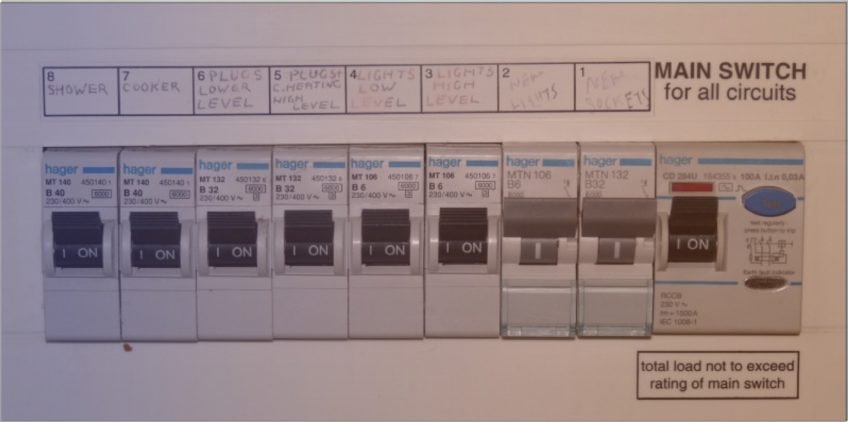
EICR stands for electrical installation safety report. It’s an inspection that only takes a few hours by a qualified electrician. It certifies the safety of your the wiring and electrics installed in your home. For an installation to pass the inspection, it should fully comply with the latest wiring regulations. It doesn’t include appliances, it only inspects the fixed wiring installation that provides electricity in your home.
Do You Need One?
The requirement for this type of electrical inspection is growing. This is because more people than ever are renting. In fact, between 2007 and 2017, there was a massive increase of 63% in the amount of private rented households. For landlords, it is one of their legal responsibilities to have an electrical inspection carried out. It provides evidence that the landlord has provided a property with safe electrics for their tenant. This goes for both commercial and residential landlords.
How often is it needed?
The recommended frequency for an EICR differs depending on the circumstances. Generally for homes which are owner occupied, a maximum of 10 years between reports is satisfactory. However, for rental properties, at least every 5 years is recommend, or every time there is a change of tenancy.
For commercial properties, there is a wide range of recommendations depending on use. Generally, premises that are open to the public or have a high number of users need to checked more frequently. And those that may be high risk in some capacity, may need even more frequent checks. For example, critical medical departments should have fixed wiring inspected at least once yearly, and the same goes for fuel stations. Having a fully qualified electrician thoroughly inspect these installations is crucial to ensuring safety.
What’s the best way to ensure you’re using a qualified electrician?
A great way to ensure that the electrician you’ve chosen is actually capable, competent, and qualified is to check the NICIEC register. Find a local electrician, and then confirm that they’re approved by the NICEIC (National Inspection Council for Electrical Installation Contracting). It’s a voluntary body, but it’s a sure-fire way to prove that you’re picking a good electrician to conduct the report.
How much will you have to spend?
For a 1-bedroom property or studio, you’ll be looking at spending around £130. For a 3/4 bed house, it’s around £230. For commercial premises, it’ll generally cost above £250, however can be significantly more for complex and large premises. In some cases, over £1,000. Given the increase in rental activity and the requirement for certifying the safety of electrical installations, the demand for EICRs has risen. Therefore, there’s plenty of companies across every region and city that perform this service.
What happens if the electrician finds problems?
The issues with your electrical installation will be categorised according to their severity. Each case of non-compliance is give either a C1, C2 or C3 code. The code is entered on the report, with a description of the problem given next to it. C1 faults are the most severe. A C1 fault is one should be immediately fixed, as it indicates that danger is present and there is a risk of injury. A C3 fault means that improvement is recommended, and is largely safe, but could be improved further.
If you’re a landlord, it’s a responsibility to ensure that your property is safe and compliant. Failing to protect your tenants is something that can incur huge fines and invalidate your insurance policies. Worst of all, not ensuring a safe electrical installation presents a real danger to those using the property. If you’re unsure about if your property is certified, get in touch with an approved electrician in your area.
























